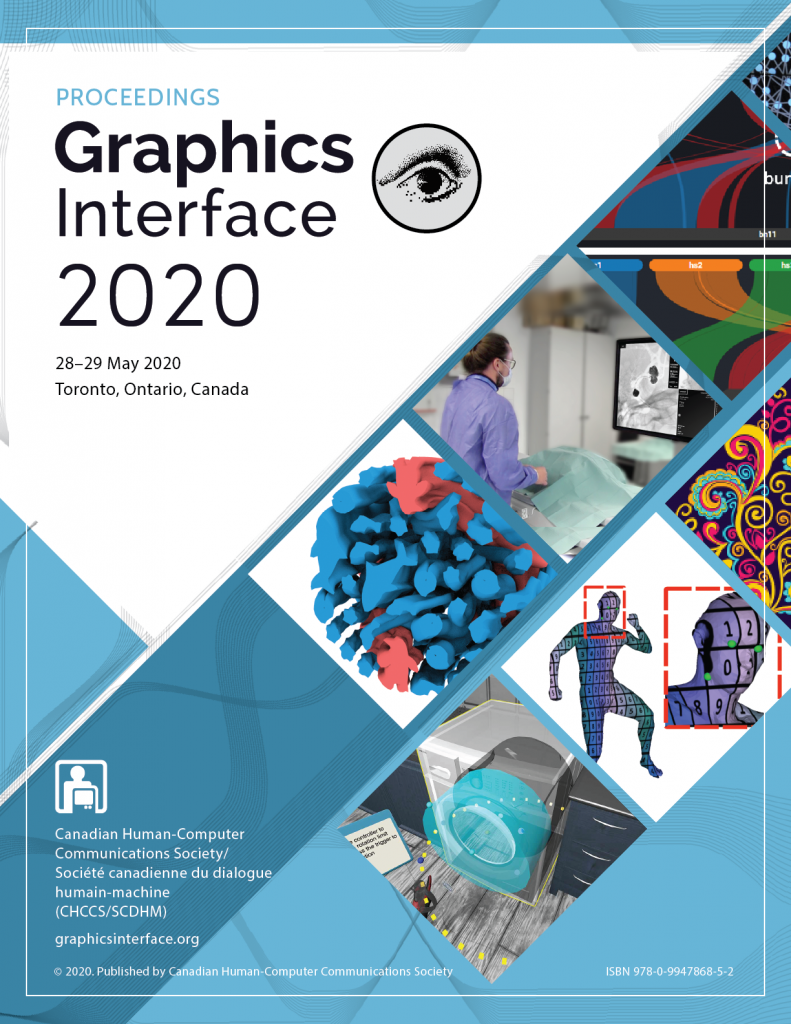Video
BibTex
@inproceedings{Didehkhorshid:2020:10.20380/GI2020.16,
author = {Didehkhorshid, Seyed Amir Ahmad and Teather, Robert J.},
title = {Selection Performance Using a Scaled Virtual Stylus Cursor in VR},
booktitle = {Proceedings of Graphics Interface 2020},
series = {GI 2020},
year = {2020},
isbn = {978-0-9947868-5-2},
location = {University of Toronto},
pages = {148 -- 157},
numpages = {10},
doi = {10.20380/GI2020.16},
publisher = {Canadian Human-Computer Communications Society / Société canadienne du dialogue humain-machine},
}
Abstract
We propose a surface warping technique we call warped virtual surfaces (WVS). WVS is similar to applying CD gain to mouse cursor on a screen and is used with traditionally 1:1 input devices, in our case, a tablet and stylus, for use with VR head-mounted displays (HMDs). WVS allows users to interact with arbitrarily large virtual panels in VR while getting the benefits of passive haptic feedback from a fixed-sized physical panel. To determine the extent to which WVS affects user performance, we conducted an experiment with 24 participants using a Fitts' law reciprocal tapping task to compare different scale factors. Results indicate there was a significant difference in movement time for large scale factors. However, for throughput (ranging from 3.35 3.47 bps) and error rate (ranging from 3.6 5.4%), our analysis did not find a significant difference between scale factors. Using non-inferiority statistical testing (a form of equivalence testing), we show that performance in terms of throughput and error rate for large scale factors is no worse than a 1-to-1 mapping. Our results suggest WVS is a promising way of providing large tactile surfaces in VR, using small physical surfaces, and with little impact on user performance.





















































